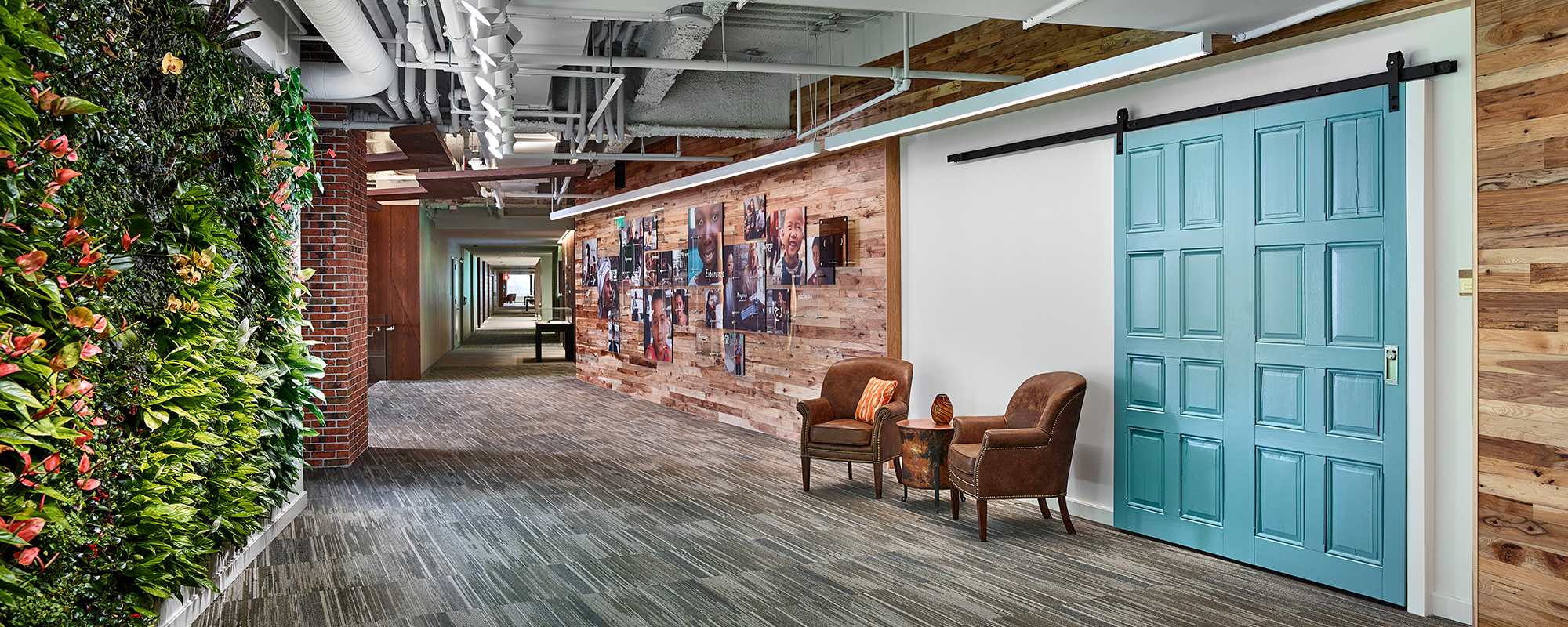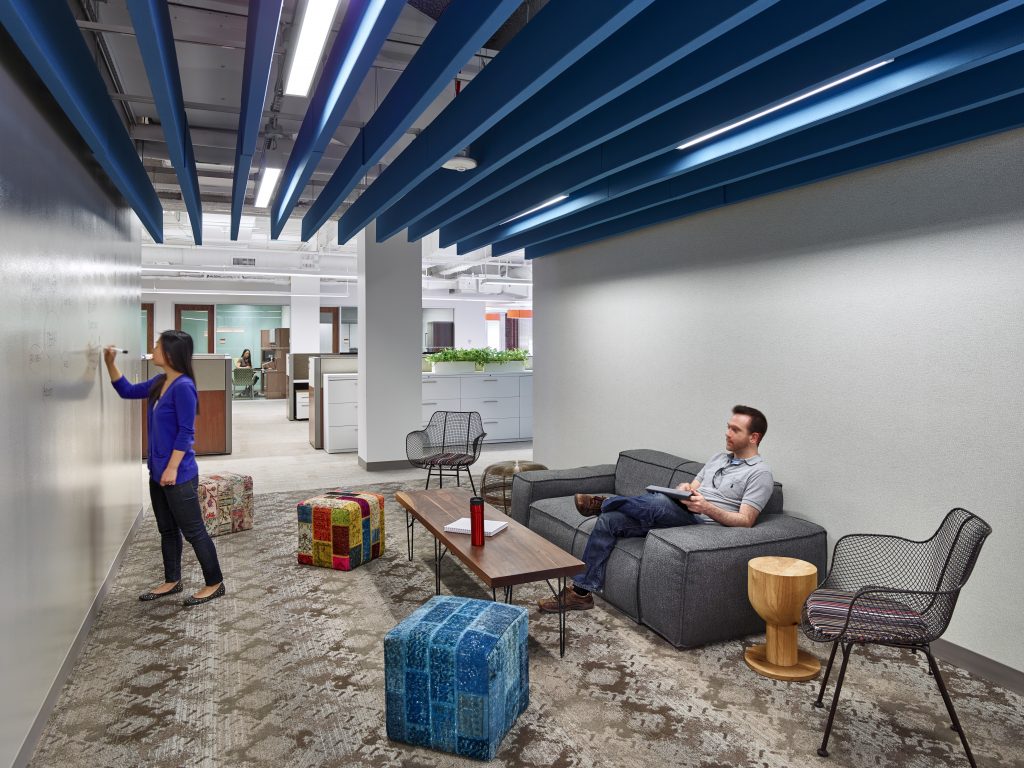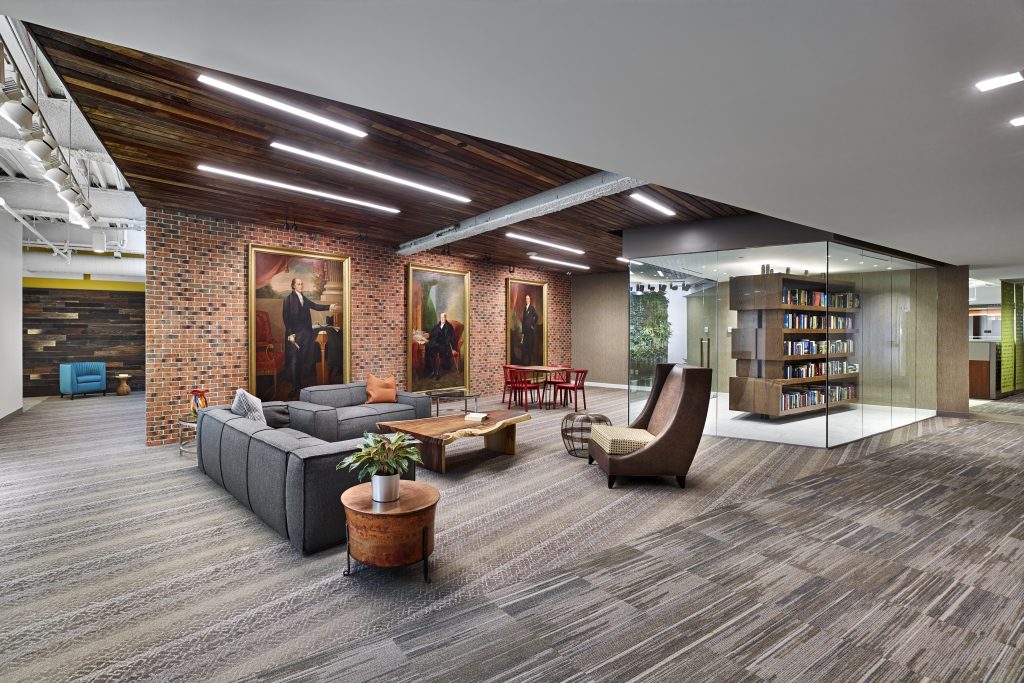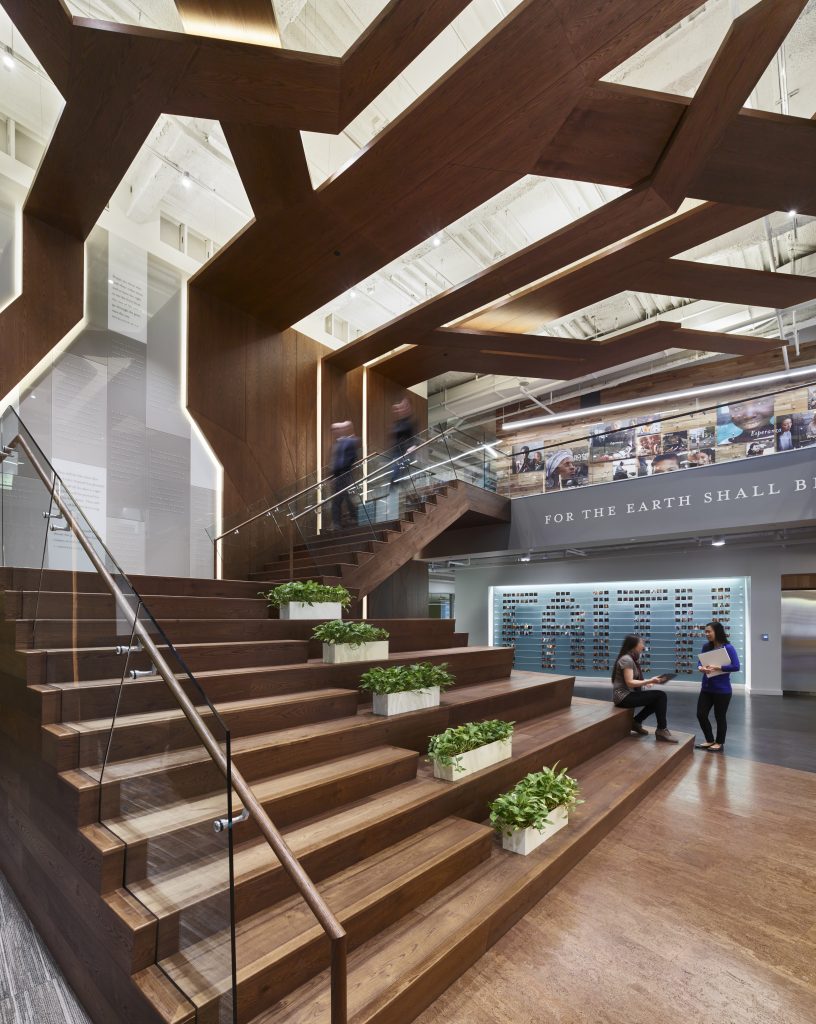Remaking History: American Bible Society
American Bible Society is nearly as old as America itself. Established in 1816, the organization has been working to make the Bible available to everyone, everywhere, no matter the language they speak. For 199 years, they based their work out of New York City, most recently near Columbus Circle, where what was once a neighborhood of low-rise buildings and autobody shops has given way to ultra-luxury condo high-rises.
Feeling like their real estate was out-pricing their mission; the leaders of American Bible Society saw an opportunity for change. “We thought of it as mission equity,” says Geof Morin, American Bible Society’s senior vice president for ministry mobilization. “With such a change in property values, our ability to sell our property to support our mission made perfect sense. So we decided to look at some options.”
Philadelphia-bound
With their employees’ input throughout, American Bible Society launched a 15-month, 8-city search, focusing on urban centers that both made sense for their mission of spreading God’s Word and for offering good quality of life for their staff. Two floors in a building along Independence Mall in Philadelphia quickly rose to the top, thanks to the overwhelmingly positive reception they received from the city’s faith, business and civic leaders.
“Philadelphia truly did its ‘Brotherly Love’ thing for us in a big and powerful way,” Morin says. What’s more, the city and American Bible Society shared an inherent, historic connection. Some of America’s earliest leaders—from Elias Boudinot, former president of the Continental Congress, to John Jay, John Quincy Adams and Francis Scott Key—served in first leadership roles at the society. To be able to complement that notable lineage with a headquarters located literally across the Mall from the building where the Declaration of Independence and US Constitution were adopted was, says Morin, “almost providential.”
Telling the story
With their integral role in US history now brought to the forefront with their new space, the next challenge was to design a working environment that not only reflected but truly embodied their purpose. “In New York, we had a labyrinth of offices and cubicles,” says Morin. “We knew for the success of our mission that we needed to create a more collaborative space that reinforced connections.”
In came the design team from L2Partridge, who helped American Bible Society conceptualize its 90,000sf space into a physical manifestation of the organization’s story. “The design strategies always focused on American Bible Society’s mission of spreading the Word of God,” says Jeremy Drummond, principal at L2Partridge. “They talked a lot about the process of engagement as a ‘journey.’ So that concept defined our planning strategies and how we organized elements throughout the space.”
The central feature of the space is a grand staircase that connects both floors in a large, open bay. Composed of walnut veneer and adorned with fundamental scripture verses, the staircase represents the “Tree of Life” from which the rest of the organization flows. Surrounding the staircase is “The Hub,” the central community space for the office where everything comes together.
Each floor has a long corridor—”The Journey”— that stretches from one end to the other, leading to The Hub. Then, branching out from The Journey are a number of “messaging portals,” places to learn, inquire or reflect through scripture, artifacts, touch screens and other media. “We wanted to juxtapose the present and future with the past,” Drummond says. “We wanted to show a respect for the history of the organization and of the Bible mixed with ideas and technology that look forward.”
The Journey also brings employees and visitors to a number of gathering spaces, both facilitating and representing their collaborative mission. Along The Journey on each floor are collaboration areas, referred to as “wood sheds,” where employees can come together to have small meetings or work on a project. These spaces—designed with features from various cultures—purposely reflect the organization’s global outreach and multicultural environment.
Designing in real time
While the modern design, distinctive features and intricate millwork involved in the space were complex, the project team’s biggest challenge was the deadline for getting the place up and running—just 18 weeks. “We absolutely wanted to be moved in by the papal visit,” says Morin. “We were already working with the Catholic Church to distribute 500,000 copies of the Bible with a special papal insignia related to his visit at the World Meeting of Families. We were part of a larger campaign that was blanketing the city, so we really wanted to officially be there.”
To meet that goal, the project team had to quickly get on the same page—literally. “We started construction prior to the completion of the design documents,” says Keith Bergen, Structure Tone project manager. “We worked with the architects almost like it was a design/ build effort, helping each other along the way.”
Structure Tone’s estimators, for example, basically sourced materials on the spot and advised, in real time, how each design decision would affect the schedule or budget. The architects then phased deliverables to match the needs of construction, and the construction team helped drive design decision-making to stick to the established critical path. “We spent a lot of time with the Structure Tone team and the fabricators to practically do shop drawings live,” says Drummond. “Together, the team brought a lot of intelligence to the table on how to get to where we wanted to be.”
Coming full circle
In making the move to Philadelphia, American Bible Society wanted to hire a local team to help with outreach across the city, including a focus on rising generations. With the new space, they’ve been able to create an office environment that stands out, one that particularly attracts those younger employees. “We wanted people who visit us to think, ‘I want to work in this office,’” says Morin. “We’ve been able to hire 80 new people since we moved here—of all ages—and I know this new space played a part in that.”
Now, as American Bible Society wraps up its 200th year working to fulfill its mission of making the Bible accessible, it’s come full circle back to some of its original, historic roots, in a space that looks toward the future.



